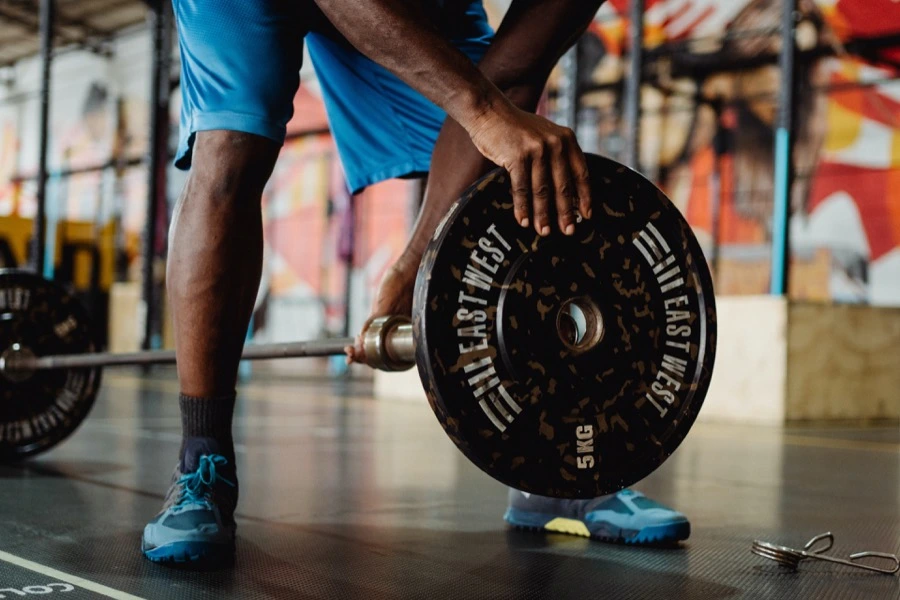Introduction
A strong set of glutes is key to good posture, athletic ability, and avoiding injuries. Many overlook this, but your glutes are the powerhouse behind everyday movement. That’s where kas glute bridges come in—they’re a simple exercise that packs a punch. Learning how to do them correctly, plus exploring different variations, can boost your results. Whether you’re into fitness or just want a healthier body, mastering kas glute bridges is worth your time.
What Are Kas Glute Bridges? An Overview
Definition and Basic Explanation
An exercise specifically designed to activate or strengthen glute muscles is Kas glute bridge. They are a variation of the standard glute bridge, often done with added resistance or altered positioning. This makes them more effective for building muscle, especially if you’re aiming for better shape or power. As the name suggests, they are a specific form designed to hit the glutes harder while also engaging core muscles.
Historical Context and Evolution
Glute bridges have been around for decades, originally used by physical therapists for rehab. Over time, athletes and fitness enthusiasts adopted them for strength and conditioning. The term “kas” has emerged in recent years, referring to a more advanced or specialized form of glute bridge. This version might include resistance bands, elevation, or unique positioning to challenge the muscles further. It’s a natural evolution as exercisers seek more effective ways to target their glutes.
Benefits Kas Glute Bridges into Your Routine
Improved Glute Strength and Muscle Activation
Kas glute bridges activate more muscle fibers in the glutes compared to traditional bridges. Studies show that they can engage up to 40% more muscle during each rep. For real-world results, many users report noticeable changes after just a few weeks of regular practice. Strong glutes lead to better performance and less fatigue during physical activities.
Enhanced Posture and Lower Back Support
Poor posture or lower back pain frequently caused by weak glutes. When your glutes are strong, they help lift and stabilize your pelvis. This wards off common issues like swayback or back strain. Experts agree that focusing on glute strength is vital for healthy movement and injury prevention.
Athletic Performance and Functional Movement
Kas glute bridges boost your ability to run, jump, and lift with more power. They make everyday movements easier and safer. Athletes find they can improve their sprint speed or improve jumping height. Adding these exercises to your routine will give your body a strong foundation for all kinds of activity.
Proper Technique and Key Tips for Maximizing Effectiveness
Step-by-Step Guide to Performing Kas Glute Bridges
- Lying on your back, place your feet level on floor, hip-width apart, or bend your knees.
- Place your arms at your sides, palms down.
- Engage your core and squeeze your glutes.
- At the apex, hold for a moment before lowering your hips gradually again.
- As you raise, exhale, as you lower, inhale.
Common Mistakes to Avoid
- Overarching your lower back—maintain a neutral spine.
- Using your lower back instead of your glutes.
- Placing your feet too far forward or too close—keep your knees aligned over your ankles.
- Not engaging your core—this weakens the movement and reduces effectiveness.
Expert Insights on Technique Optimization
Physical therapists recommend focusing on glute activation before lifting. Another way to keep your neck in alignment is tuck chin in. Trainers advise working slowly and with control to maximize muscle engagement and prevent injury.
Variations and Progressions of Kas Glute Bridges
Basic vs. Advanced Variations
- Adding resistance bands: Place one around your thighs for extra tension.
- Holding weights: Rest a dumbbell or weight plate on your hips to increase load.
- Elevating feet: Place your feet on a raised surface like a box or step for greater difficulty.
- Unstable surfaces: Use a stability ball or balance pad to challenge your core stability.
Incorporating Equipment for Greater Challenge
The workout becomes more strenuous when weights or resistance bands are used. Bands around your thighs prevent knees from caving inward. Dumbbells on your hips increase strength stimulus. Always start with manageable weight or band tension and progress gradually.
Creative Ways to Integrate into Workouts
- Use kas glute bridges in conjunction with lunges or squats in circuit.
- Use them as a warm-up to activate your glutes.
- Perform after heavy leg work for added focus on glute activation.
- Do them in supersets with core exercises for a comprehensive workout.
Incorporating Kas Glute Bridges into Your Fitness Routine
Sample Weekly Workout Plan
- Perform glute bridges 2–3 times a week.
- Three sets of 12–15 repetitions each should be your goal.
- Include other glute-focused moves like hip thrusts or donkey kicks.
- For balanced strength, combine with leg or core exercises.
Tips for Consistency and Progress Tracking
Set clear goals, like increasing reps or adding resistance. Take progress photos or note strength improvements to stay motivated. Maintain a workout journal to monitor your development over time.
Safety Precautions and When to Seek Professional Advice
Stop immediately if you feel lower back pain or discomfort. Overtraining can cause muscle strain. See a physical therapist or fitness expert if you unclear about your form or if pain continues. They can guide you on proper technique or identify imbalances.
Conclusion
Kas glute bridges are a simple yet powerful way to build stronger glutes. They improve posture, support your back, and boost athletic performance when done correctly. Focus on proper technique and gradually increase resistance for the best results. Consistent practice will help you achieve resilient, well-shaped glutes that support your overall health and fitness goals.
